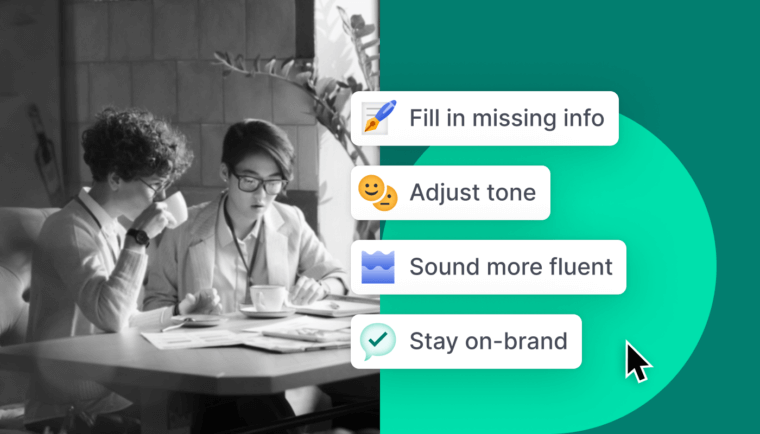
When you’re in the research phase of a project, it’s important to take good notes and keep track of your sources. In a perfect world, you could cross-reference your finished paper with those meticulous notes and make sure all your sources are properly cited. But in reality, life happens. Notes get lost. Maybe you’ve just absorbed the material so thoroughly that you accidentally reproduced a sentence you read somewhere else without even realizing it.
Plagiarism—even unintentional plagiarism—can have serious consequences. Fortunately, Grammarly Premium’s plagiarism checker can help you catch sentences and paragraphs that may need a citation.
How it works
Grammarly offers numerous ways to check your document for plagiarism. Whether you prefer to check in the Grammarly Editor, Google Docs, or by using Grammarly for Windows and Mac in Microsoft Word or Apple Pages, the choice is yours. Running a plagiarism check is simple. When you click the Plagiarism button, Grammarly will compare your text to billions of web pages and academic papers in private databases, looking for sentences or paragraphs that have been published elsewhere. Grammarly will flag text that may need a citation and, in some cases, may provide links to the source where matching text was detected. You’ll also get an overall originality score for your document.
The advantages of originality
Plagiarism checkers aren’t just for students. Freshness and originality are crucial to keeping readers engaged in any kind of content. A plagiarism check can help you not just avoid plagiarism but also find overly generic (and, therefore, possibly boring) sentences. Discovering that you’ve described something the exact same way as someone else can be a great way to break out of tired, clichéd language and push yourself to write something original.
More from Grammarly Spotlight:
How Grammarly Can Make Your Writing More Engaging
How Correctness Keeps Your Writing Sharp






